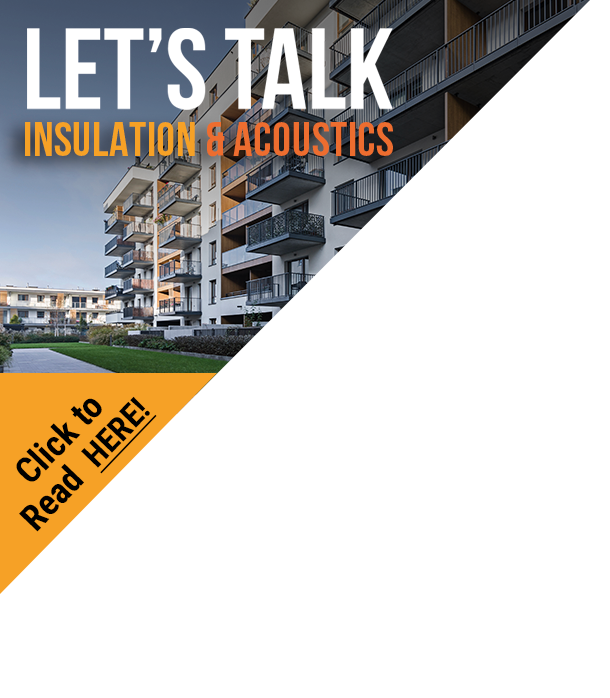Specification Online
- SECTORS
- HEALTH
- EDUCATION
- HOUSING
- SUSTAINABILITY
- REGENERATION
- SPECIFICATION BROCHURE LIBRARY
- FEATURED BROCHURES
- NEW BROCHURES
- MOST POPULAR BROCHURES
- FEATURED COMPANIES
- SPECIFICATION PRODUCT DIRECTORY
- FEATURED PRODUCTS
- LATEST PRODUCTS
- FEATURED COMPANIES
- CPD DIRECTORY
- FEATURED CPDs & Webinars
- SPECIFICATION VIDEOS
- FEATURED VIDEO
- LATEST VIDEOS
- MOST POPULAR VIDEO
TSP MEDIA
QUICK LINKS
- USEFUL LINKS
- WWW.EUREKAR.CO.UK
- WWW.TSPMEDIA.CO.UK
- CONTACT US
- TSP MEDIA
GROSVENOR HOUSE,
CENTRAL PARK,
TELFORD,
TF2 9TW - TEL: 01952 234000
FAX: 01952 234003





